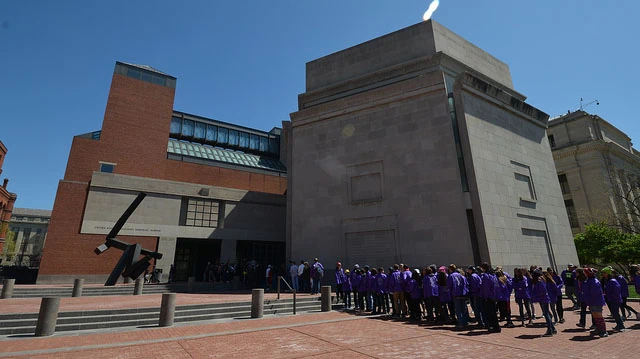
Source: NPR
NPR consults memorial museum leaders on their approaches to educating children on the rather difficult, yet important tragedies that occured in American history.
National September 11 Memorial and Museum, New York City
Leaders at the 9/11 Memorial Museum discuss the importance of being clear, simple and concrete when explaining the tragedies that occurred on September 11. Simple explanations with concrete facts can often be enough to give a child the idea of what happened, but also to emphasize how the tragedy impacted victims and how people around the globe responded. A combination of art projects immediately after the presentations can help educators and parents gauge how children react to the information.
United States Holocaust Memorial Museum, Washington, D.C.
The approach of the Holocaust Memorial Museum is a little bit different, teaching children through the narration of a fictional character named Daniel, who embodies and describes the experiences of victims during the Holocaust. The narration describes his everyday experiences as a young, Jewish boy in a world where he is not accepted for his differences.
Oklahoma City National Memorial and Museum, Oklahoma City
Educators at the Oklahoma City National Memorial use technology to create an immersive experience for youth visitors. On a large screen at the museum’s Uncover-Discover Lab, youth can examine and interact with mock investigative material – similar to that which was used after the 1995 bombing.
Read full story at: NPR
